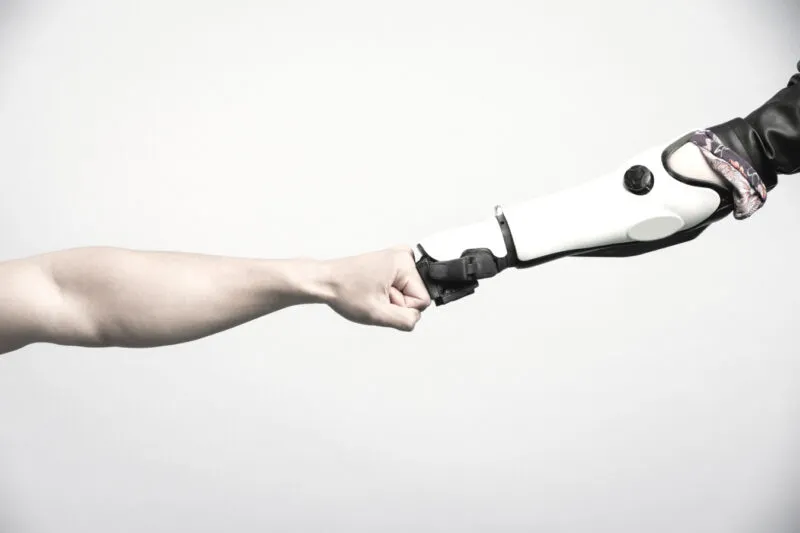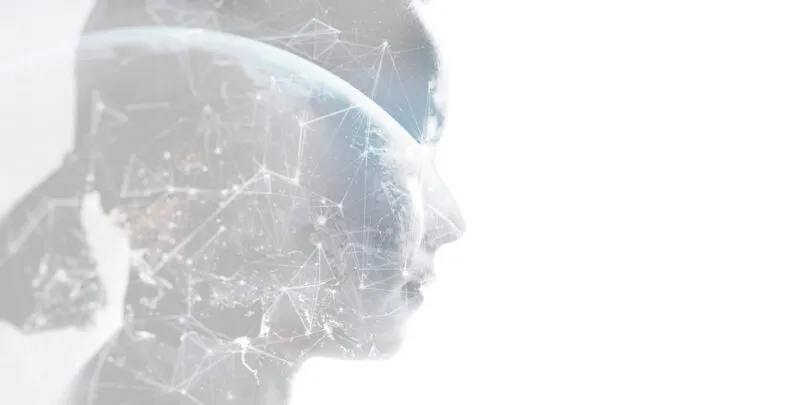Streamlining AI patents in Australia using European strategies
The European Patent Office (EPO) approach to assessing AI inventions can provide strategic advantages in progressing corresponding Australian patent applications through examination, offering real value for those looking to enhance their global patent portfolio.
Overlapping approaches between the European Patent Office and IP Australia
Both the EPO and IP Australia (IPA) have stringent criteria for patentability of AI inventions, which typically occupy a unique intersection between mathematical methods and computer programs.
In both jurisdictions, purely abstract mathematical methods cannot be patented. The EPO also excludes computer programs “as such” from patentability unless they have technical character. While there is no specific exclusion for computer programs in Australia, IPA strictly enforces subject matter requirements for computer-implemented inventions.
This can make prosecuting AI patents challenging in both jurisdictions. However, both the EPO and IPA have frameworks that allow AI inventions to be patented by focusing on their technical contributions and solutions. While there are some differences, many aspects of the Australian approach overlap with core considerations of the European approach, meaning that AI inventions meeting European criteria have a high chance of success in Australia.
Technical character in Europe vs. technical contribution in Australia
The EPO operates a ‘double hurdle’ approach. The first hurdle is low, and simply requires the claim to include any feature not residing in certain defined ‘excluded subject matter’ categories. The second hurdle is more difficult, and requires that a feature or combination of features that are not excluded subject matter (i.e. are ‘technical’) also provide a non-obvious distinction over the prior art.
IPA operates a less structured approach, seeking to characterise the contribution of the invention. IPA considers whether the contribution of the claimed invention is technical in nature, aiming to distinguish abstract ideas from AI inventions which provide a technical improvement or advancement over the art.
Australian examiners use the state of the art, in conjunction with the specification, as a basis to understand where the contribution of the invention lies, and then ask whether that contribution is technical or not. If the contribution relates to automating a business process, it is less likely to be categorised as a technical contribution. Conversely, if an AI invention enhances the operation of a machine, it is more likely to be recognised as making a technical contribution.
In contrast to the EPO’s approach, there is no requirement in Australia that a claim’s ‘technical’ feature(s) overlap with the claim’s distinctive features as compared with the prior art.
In both systems, the ultimate question is: is it technical? The ‘it’ in Europe is the features distinguishing over the prior art, and the ‘it’ in Australia is the contribution. Under European law, one way to obtain a positive response to this question is to identify a ‘further technical effect’ that is outside of normal physical interactions between software and hardware, and any such further technical effect would be very likely to be viewed as making a technical contribution under Australian law.
Technical effect in Europe vs. technical effect in Australia
Both the EPO and IPA require the demonstration of a technical effect that goes beyond mere abstraction. The EPO frame this as a real-world effect resulting from the technical features of the claimed invention, whereas IPA considers whether the invention provides a material or technical effect, that being - a tangible, useful or practical result.
Australian examiners often look for this technical effect in the form of a technological advancement or improvement, particularly in the field of computer technology. However, technical effects outside of a computer, such as reduced material use, can also meet this requirement where it is deemed that the functions of the invention give rise to the technical effect.
Credibly establishing a technical effect for an AI invention before the EPO includes providing explanations, mathematical proofs or experimental data within the specification. These details on how the technical effect is achieved can be extremely helpful in addressing (or circumventing) objections to patentable subject matter raised during Australia prosecution.
Problem-solution approach in Europe vs. technical solution to a technical problem in Australia
IPA regularly focuses on whether the AI invention demonstrates a technical solution to a technical problem. It is important to note that both the problem addressed, and solution provided, by the AI invention must be technical to meet this requirement. For European practitioners, it is important to note that the technical problem in Australia is not framed with reference to the closest prior art, but rather by considering the “state of the art” which incorporates the common general knowledge.
AI inventions which focus solely on addressing problems of user experience, such as automating tedious tasks, providing personalisation or dealing with information overload, are generally not considered problems that are technical. AI inventions that provide benefits which are not clearly technical are less likely to meet the patent requirements.
Appropriately addressing the technical problem, technical solution approach lies in demonstrating how the AI invention solves a specific technical problem. This typically requires a clear articulation and a high level of detail within the specification related to how the invention provides a technical solution. Such an approach aligns well with how European applications are typically drafted, which as a result, can be extremely effective at addressing the technical solution-technical problem assessment of IPA to meet patentable subject matter requirements.
Leveraging European patent practices for competitive advantage in Australia
The overlap between EPO and IPA patent eligibility assessment frameworks for AI inventions can provide significant strategic advantages for streamlining Australian prosecution.
By focusing on demonstrating a clear technical effect and framing their inventions as technical solutions to specific technical problems, existing EPO-compliant specifications can be leveraged to facilitate smoother patent prosecution in Australia. The overlapping requirements for technical contribution enhance the likelihood that an AI invention meeting European standards will also fulfill Australian criteria. This can lead to a more streamlined and potentially less costly process when seeking patent protection in Australia. Additionally, the IPA-EPO patent prosecution highway can be used to expedite examination.
How we can help
If you're looking to optimise your global patent portfolio by aligning your AI patent applications with European and Australian requirements, our team of experienced patent attorneys specialising in AI inventions can provide tailored advice to navigate the complexities of Australian patent law. Contact us today to discuss your strategy and ensure your innovations are protected across key jurisdictions.
Join us as we continue to explore AI related issues as they affect the world of IP in our ongoing AI series, Beyond Human Ingenuity.



